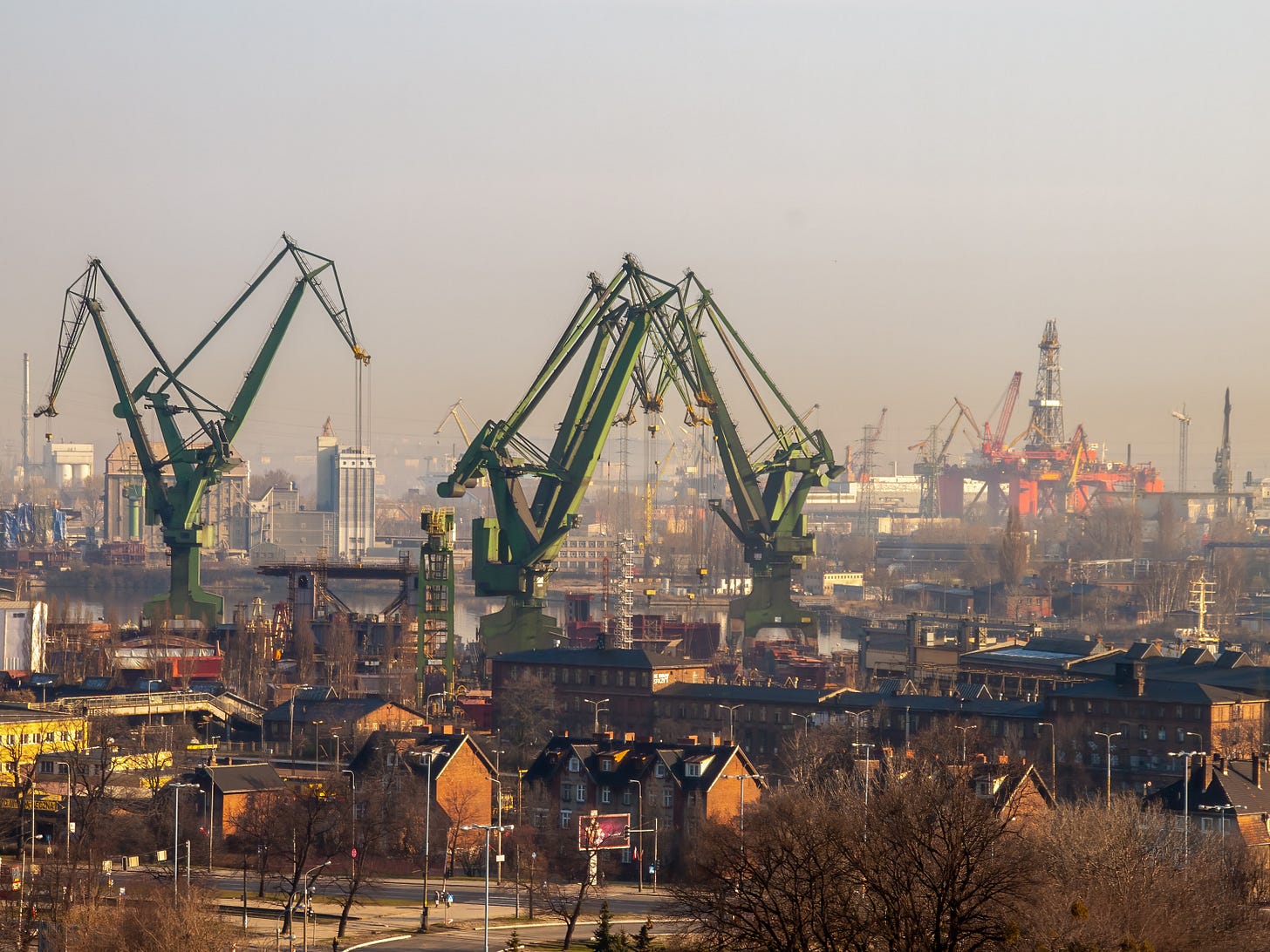The Polish Exports Brief
Executive summary
Over the past three decades, Poland has experienced a remarkable transformation in its economic landscape, evolving from a largely insular economy into a significant player within global trade networks. This evolution has been particularly pronounced within the European Union, where Poland has established itself as a key exporter. The journey from 1992 to 2023 has been marked by substantial milestones that have shaped the structure of Polish exports, influenced by foreign direct investment (FDI), economic reforms, and strategic integration into global markets.
This concise but precise brief delves into the critical aspects of Poland's export evolution, exploring how economic reforms in the early 1990s laid the groundwork for future growth, how EU accession in 2004 catalyzed a surge in export volumes, and how FDI has been pivotal in modernizing Poland's industrial base. Furthermore, it examines Poland's current export structure, the need for market diversification beyond the EU, the role of technological advancements in sustaining growth, Poland’s value chain challenge, and best practices for Polish companies aiming to succeed in international markets.
Table of contents
Economic Context of Poland in the Early 1990s
The Role of EU Accession in Export Growth
The Influence of Foreign Direct Investment (FDI)
Poland's Export Structure: Key Sectors and Products
Need for Market Diversification
Technological Advancements
Poland's Position in the Global Value Chain: The Challenge of Moving from Parts to Finished Products
Best Practices for Internationalization
Future Outlook
Keep reading with a 7-day free trial
Subscribe to The Warsaw Express to keep reading this post and get 7 days of free access to the full post archives.



